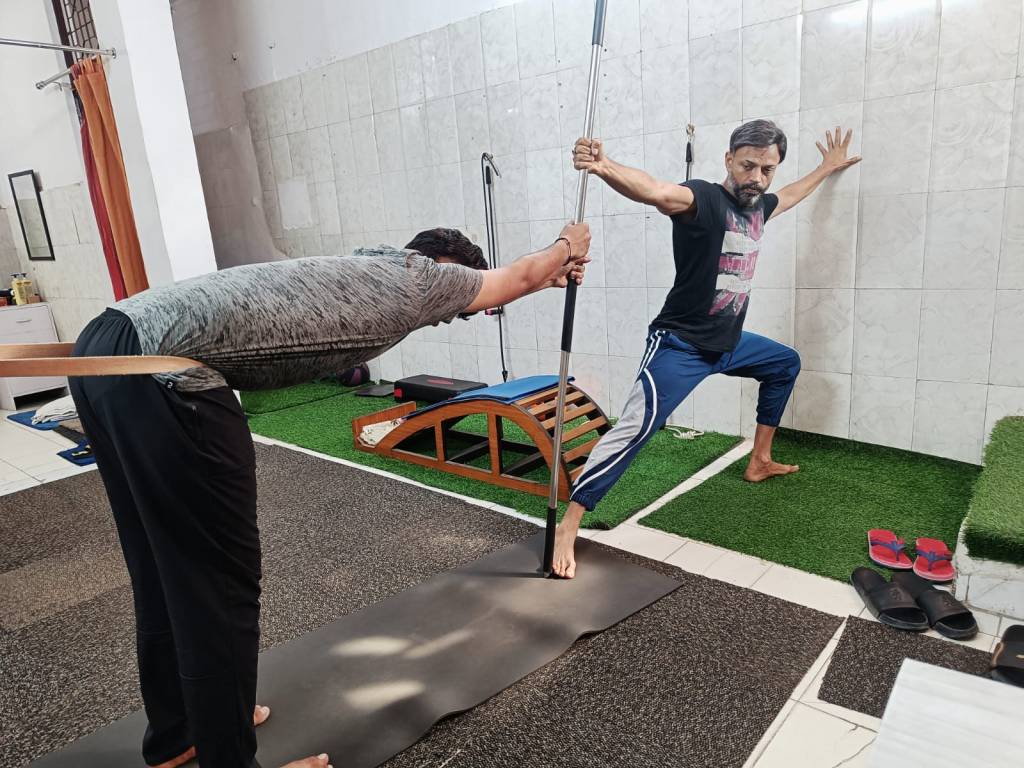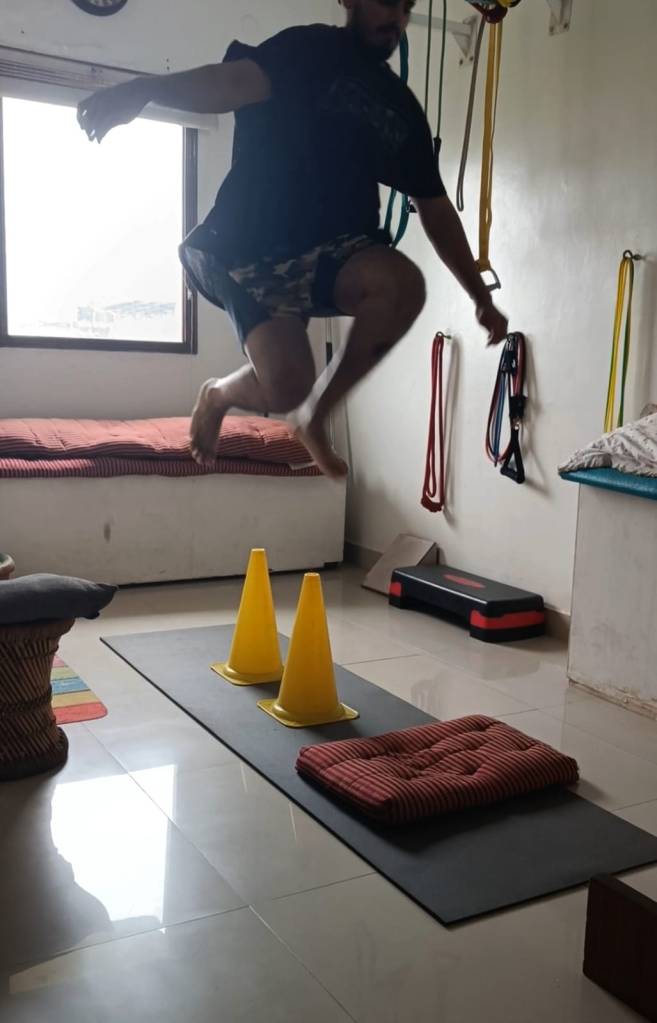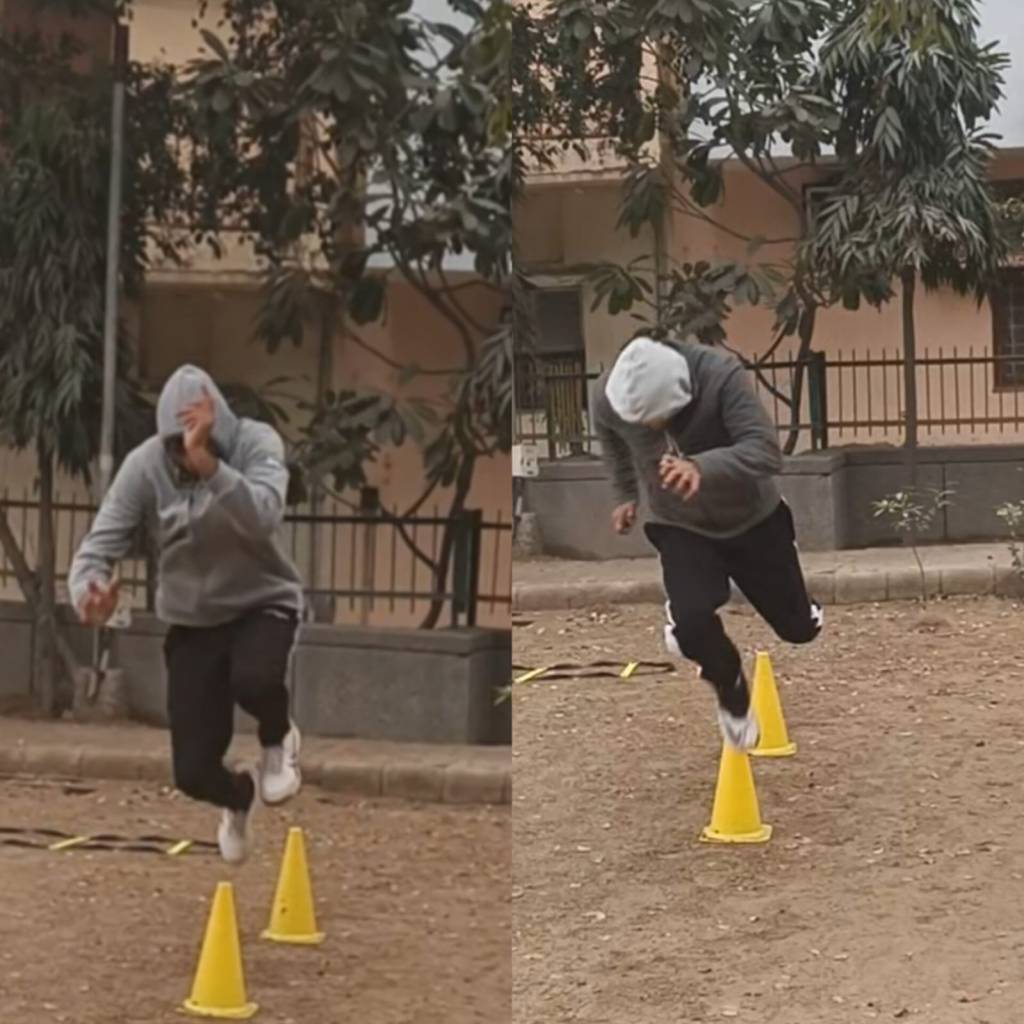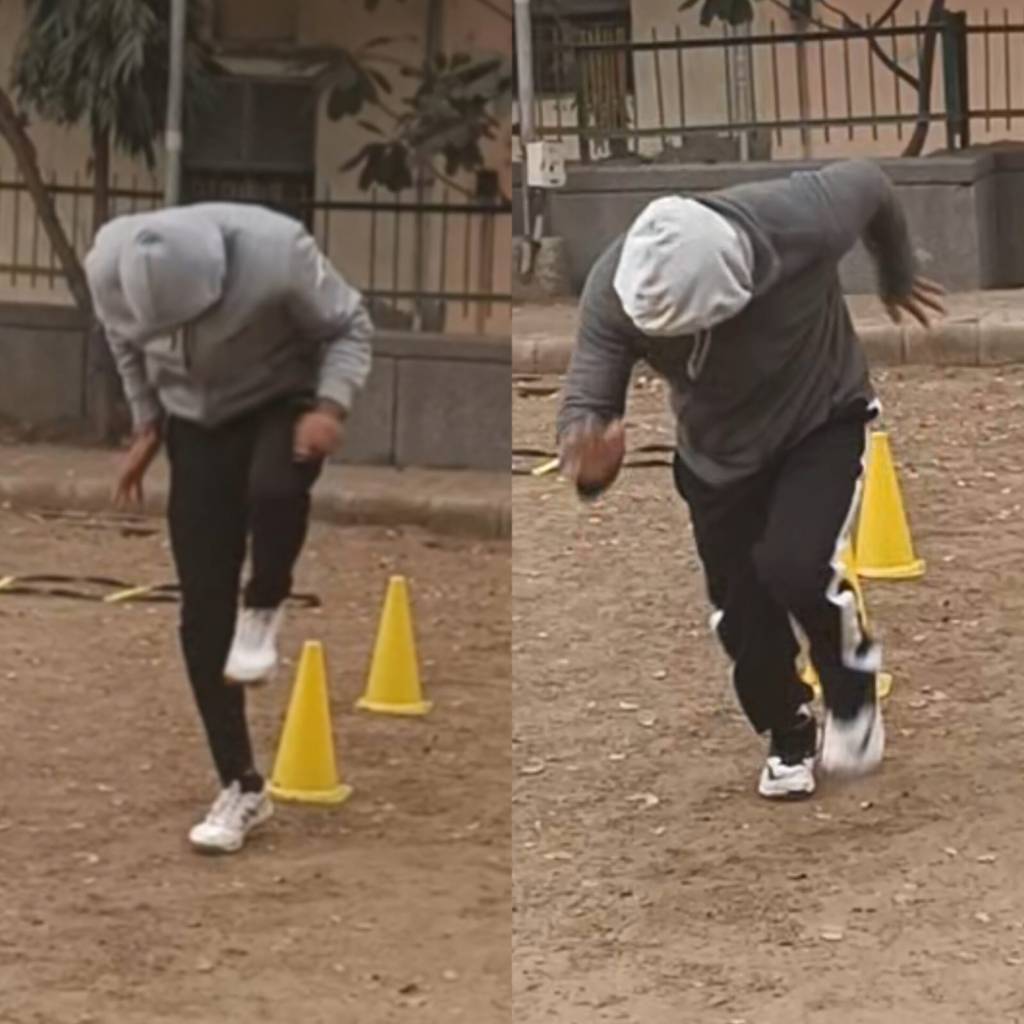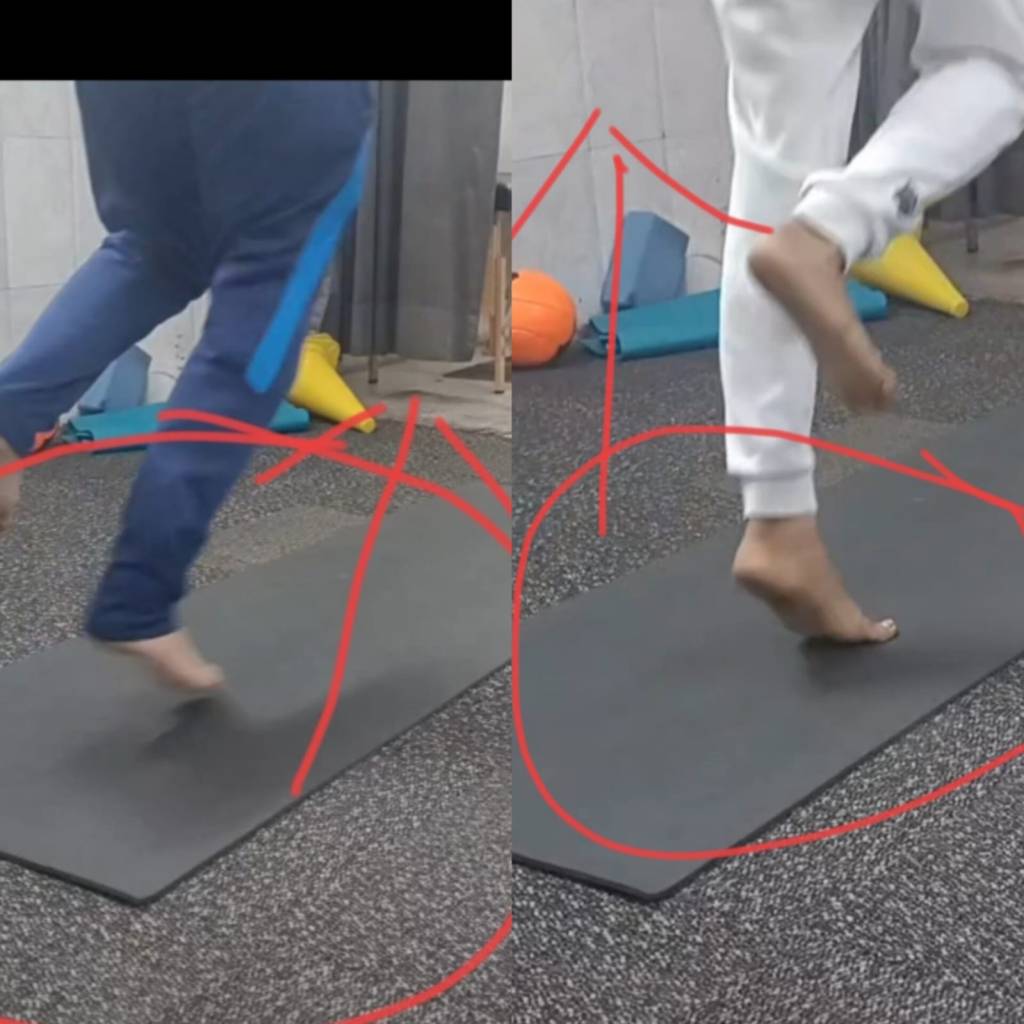#cricketbiomechanics #fastbowlingmechanics #sportsspecifictraining
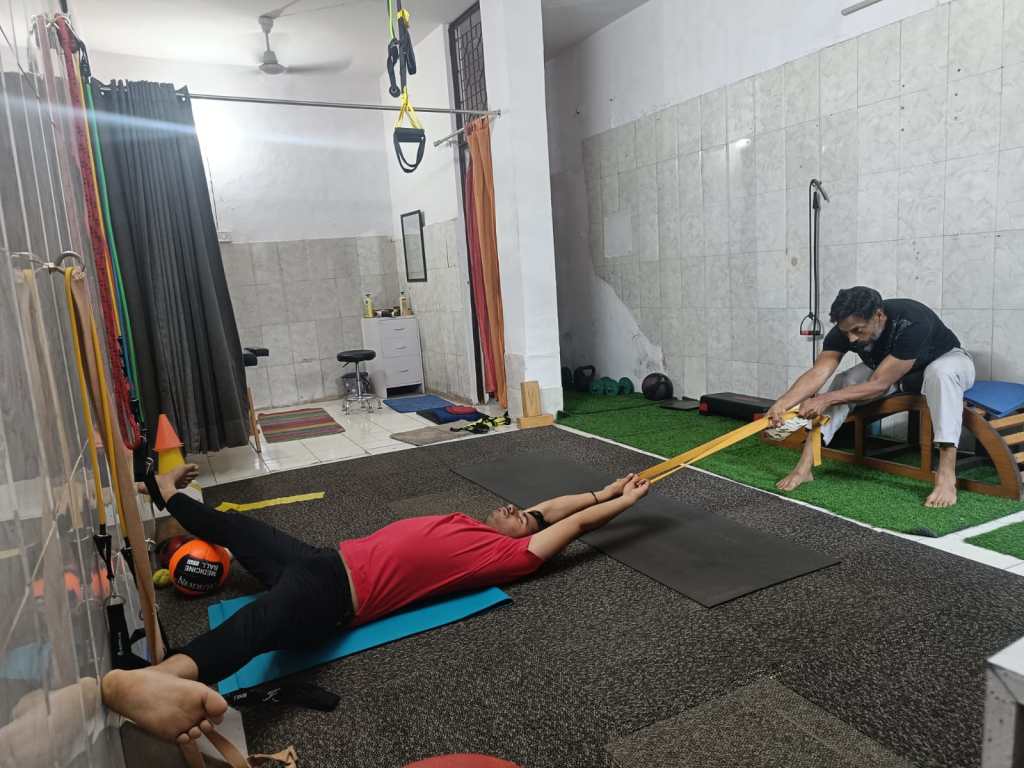
Ques: What is sports specific training (SST)?
In simple language – something that can enhance your sporting movement. Make it better. But how? This matters and hence this post to make you understand what exactly do we mean by SST.
Ques: Can you improve your sprinting mechanics if you just sprint everyday? How do you expect that to happen in any sporting movement?
Ques: How do we expect a fast bowler to improve their foot stamping or mechanics just by bowling or as per some coaches, by just adding load to their action?
Ques: How do you expect to improve fielding mechanics by just doing fielding? Where is the anatomy? How do you bend? Where is your leg when you bend? How do you raise to throw?
Ques: How do you increase the power in a batsman to hit long sixes? By adding load to his arm? or by hitting with heavier ball? NO….NO…..NO! Some of the greatest and fittest still hit the same distance that they were hitting 15 years back in their U19.
Let’s first delve into the realm of human movement science and its close relationship with biomechanics.
Human movement science essentially encapsulates biomechanics in action. The intricate interplay between our structural mechanics and movement mechanics, further influenced by ergonomics, orchestrates a seamless transition in our motions.
Let’s dissect the visuals to grasp this concept more deeply:
In the images, focusing solely on the left individual in motion while jumping, it may initially seem challenging to pinpoint any flaws in their jump technique. However, when juxtaposed with my jump, significant disparities in both structural and movement mechanics become apparent.
Similarly, in the second image, examining the post-jump takeoff on the left in isolation might not reveal evident flaws. Yet, upon closer inspection of the flawless execution on the right, a substantial contrast emerges. Likewise in all images below.
Understanding these subtle nuances requires a profound comprehension of both movement science and biomechanics, coupled with an anatomical perspective of movement beyond mere muscle contractions. Acquiring knowledge in these areas inherently equips us with an understanding of injury and rehab which is largely missing among training professionals.
Sports Specific Training (SST) often involves coaches repeating sporting movements, sometimes with added stimulus or stress, and labeling it as sport-specific training.
However, this approach does not truly address the need for breaking away from repeated movements in order to change neural circuitry. Simply repeating movements does not constitute improvement. Its a wrong notion.
True SST involves breaking neural circuitry, isolating elements from it, and then correcting, speeding up, or strengthening those elements.
For example, correcting and improving foot mechanics or ground contact is a form of sports-specific training. Similarly, teaching the arms to synchronize with the spine is specific to bowling. Aligning toe extension with calf muscle for GRF is another aspect of SST. To achieve these changes, the body must be trained outside the confines of real-time movements. Otherwise, the body will continue to function in the same manner, regardless of how many correct movements are repeated.
An analogy to understand this concept is aligning the tires of a car. You cannot align them while the car is in motion, nor can you simply add something on top to correct alignment. Instead, the tires need to be taken off and balanced separately. Similarly, true SST involves breaking down movements, correcting elements, and then integrating them back into the overall sporting performance.
Loading oneself and repeating a movement is Ok but please understand its not sport specific training. Its strength training. Do it if thats your aim. But don’t confuse people by calling it sports specific training. The whole definition of sports specific needs to be understood clearly. Right now you load your action and it becomes sports specific. Its not.

